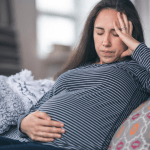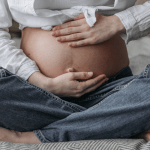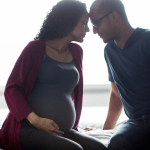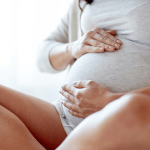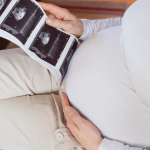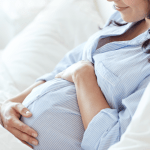Women experience low back pain and sciatica during pregnancy. Is this normal?
Some discomfort in your lower back is normal during pregnancy. 50 to 70% of women experience back pain while pregnant. As your ligaments stretch and your pelvis widens, you begin to feel some discomfort in the first trimester. Then, as your belly grows during your pregnancy, the center of gravity shifts and this causes increased strain on your lower back. It’s natural to have a slight arch in the lumbar area of the spine.
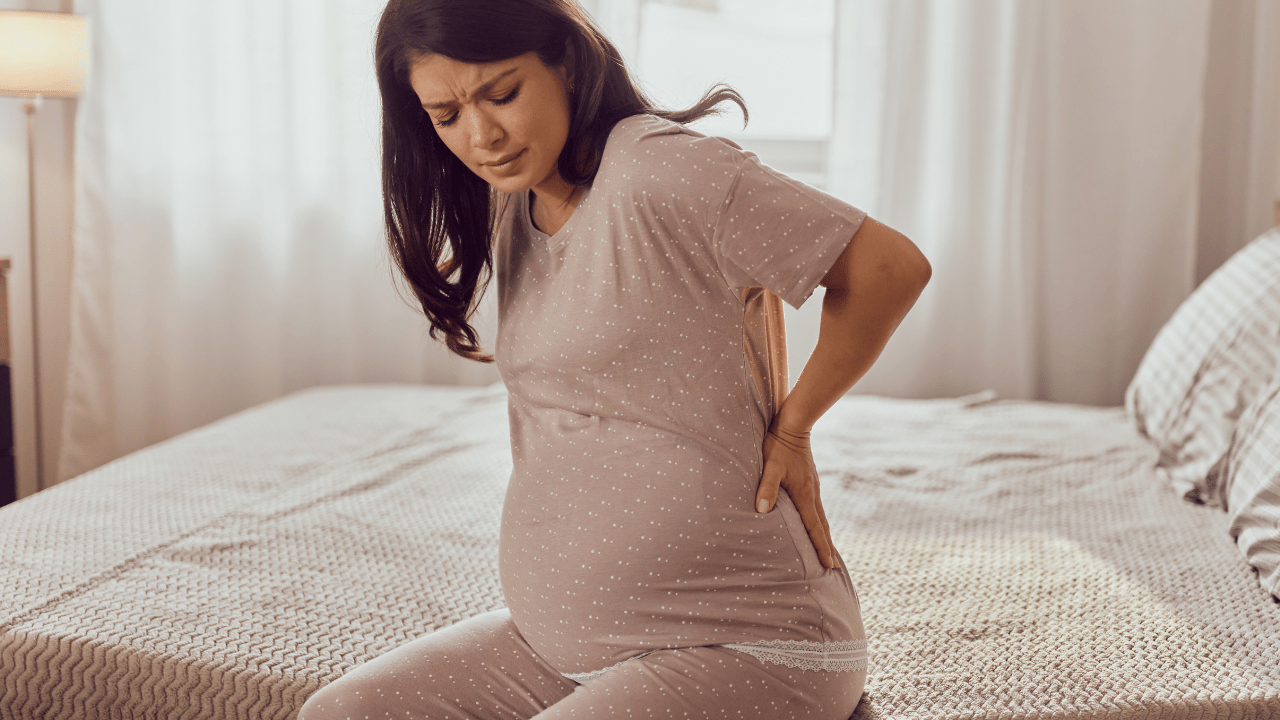
Lordosis is a condition in which there’s an excessive inward curve in your low back and as your baby grows, Lordosis is common. Since your spine is what helps connect every major joint in your body, imbalances in one area of the spine can have many upstream and downstream consequences on other joints. The symptoms of pregnancy lordosis include low back pain. Hip pain, inability to extend the hips completely, and even knee pain. Anything more than just discomfort should be addressed right away.
Severe pain that radiates down the back of your leg is called psoriatic nerve irritation. Sciatica is one of the most common diagnosis during pregnancy. A lot of times it could be the pelvic girdle pain that is misinterpreted as sciatica and then sometimes not.
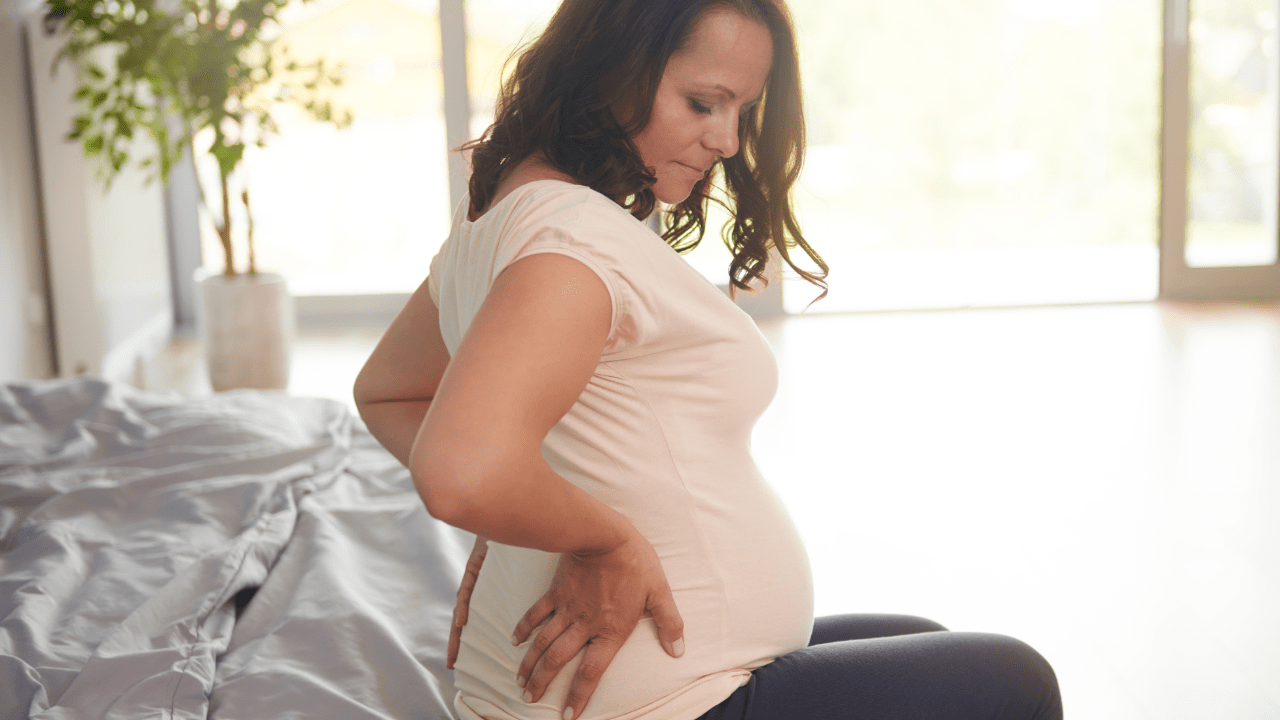
So what can you do if you’re experiencing this?
First, it would be helpful to do some strengthening of your hip muscles to improve stabilization in your pelvis and reduce the pelvic girdle pain. There are four main groups of hip muscles, your anterior hip flexors, adductors, abductors, and the posterior gluteal and hip extensors.
Secondly, it also helps to move and loosen the tight muscles. Massage and trigger points can be helpful here as well.
Third, good alignment and posture is super important to help prevent sciatica. Thigh stretches and baby back bends can help with good alignment. I have some videos on care of the pelvic girdle and some videos on prenatal yoga that can help. You can also see a pelvic floor therapist during your pregnancy to help you.

